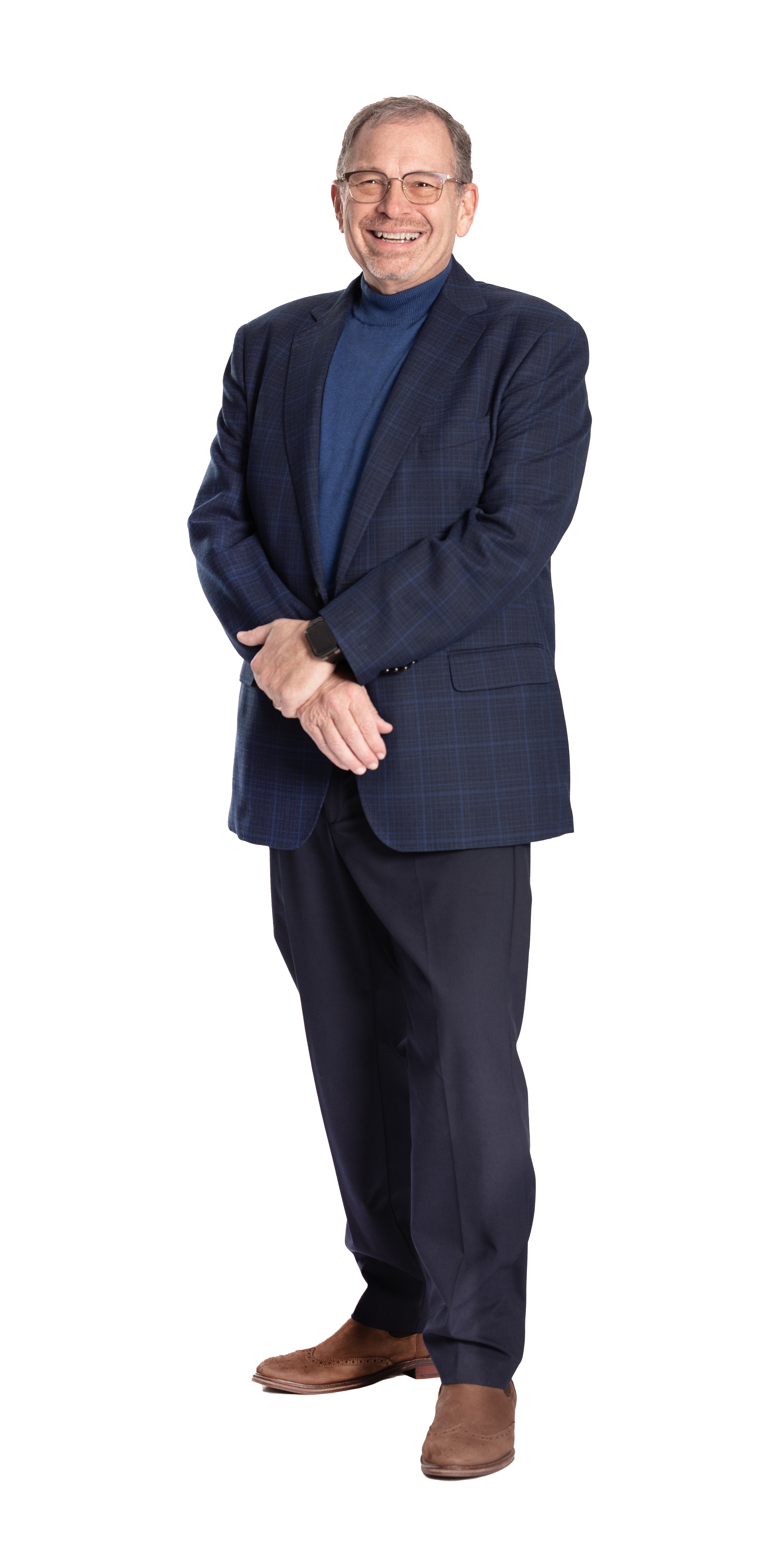JEFFREY B. KLEIN, DPM
Podiatrist & Foot Surgeon
Board-Certified in Foot & Ankle Surgery
“I treat patients of all ages, from birth to seniors with a variety of conditions. I have more than 30 years of experience taking care of ingrown toenails, broken ankles, and more.”
Total Ankle Replacement
Sport's Medicine
Ankle Arthroscopy
Diabetic and Ulcer Care with Limb Salvage


GET TO KNOW DR. Jeffrey B. Klein
- Undergrad: Wayne State University
- Podiatric Medical school: Ken State University
- Residency: North Detroit General Hospital
Dr. Klein is board-certified in foot and ankle surgery by the American Board of Foot and Ankle Surgery (ABFAS). He has spent 35 years caring for lower extremity wounds and performing limb salvage techniques and procedures, in addition to providing traditional podiatric care. He has again been voted by southeast Michigan’s medical professionals as Hour Detroit Magazine’s Top Docs in Podiatric Medicine. Jeffrey B. Klein, DPM is a fellow and founding member of the American Society of Podiatric Surgeons (ASPS). He is also a member of the American Podiatric Medical Association and the Association of Extremity Nerve Surgeons.
Dr. Klein joined Mendelson Kornblum in 2013 while working in a private practice in Waterford. He now practices in both our Warren and Livonia offices.
JEFFREY B. Klein
AREAS OF SPECIAL INTEREST
- Diabetic and Ulcer Care with Limb Salvage
- Ankle Arthroscopy
- Nerve Disorders
- Total Ankle Replacements
- Sport's Medicine
- Ankle & Foot Sprains
- Ankle & Foot Fractures
- Heel Spurs
- Plantar Fasciitis
- Flat Feet
- High Arch Feet


Dr. Klein Treats
- Endoscopic Plantar Fasciotomy
- Advanced Bunion Surgery
- Forefoot Reconstruction
- Nerve Decompression‘s of the Lower Extremity
- Numbness, Pain or Swelling in One or Both Feet
- Ingrown Toenails
- Thickened Toenails
- Continuous Heel Pain
- Plantar Fasciitis
- Athlete's Foot
- Foot and Ankle Infections
- Hammertoes
- Joint Pain in the Ankle or Foot
- High Arches or Flat Feet
- Broken Foot & Ankle Bones
- Arthritic Conditions for Foot & Ankle
MEMBERSHIPS
- American Society of Podiatric Surgeons (ASPS)
- American Podiatric Medical Association (APMA)
- Michigan Podiatric Medical Association (MPMA)
- Association of Extremity Nerve Surgeons
- American Board of Podiatric Medicine

